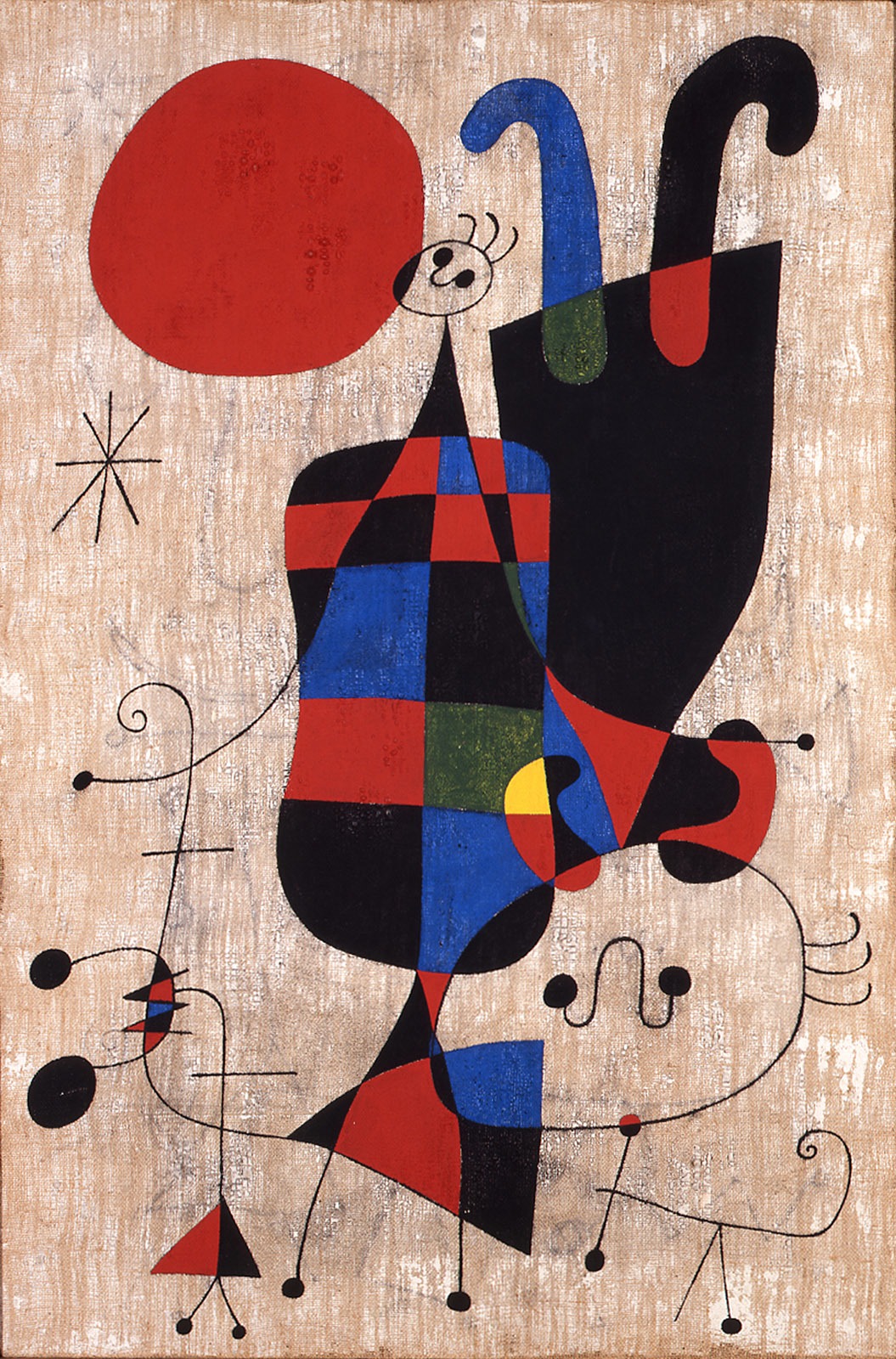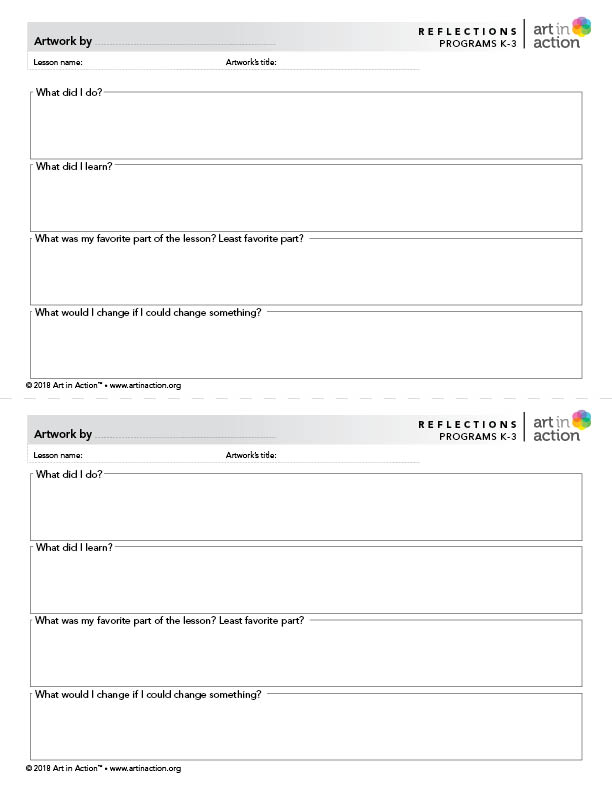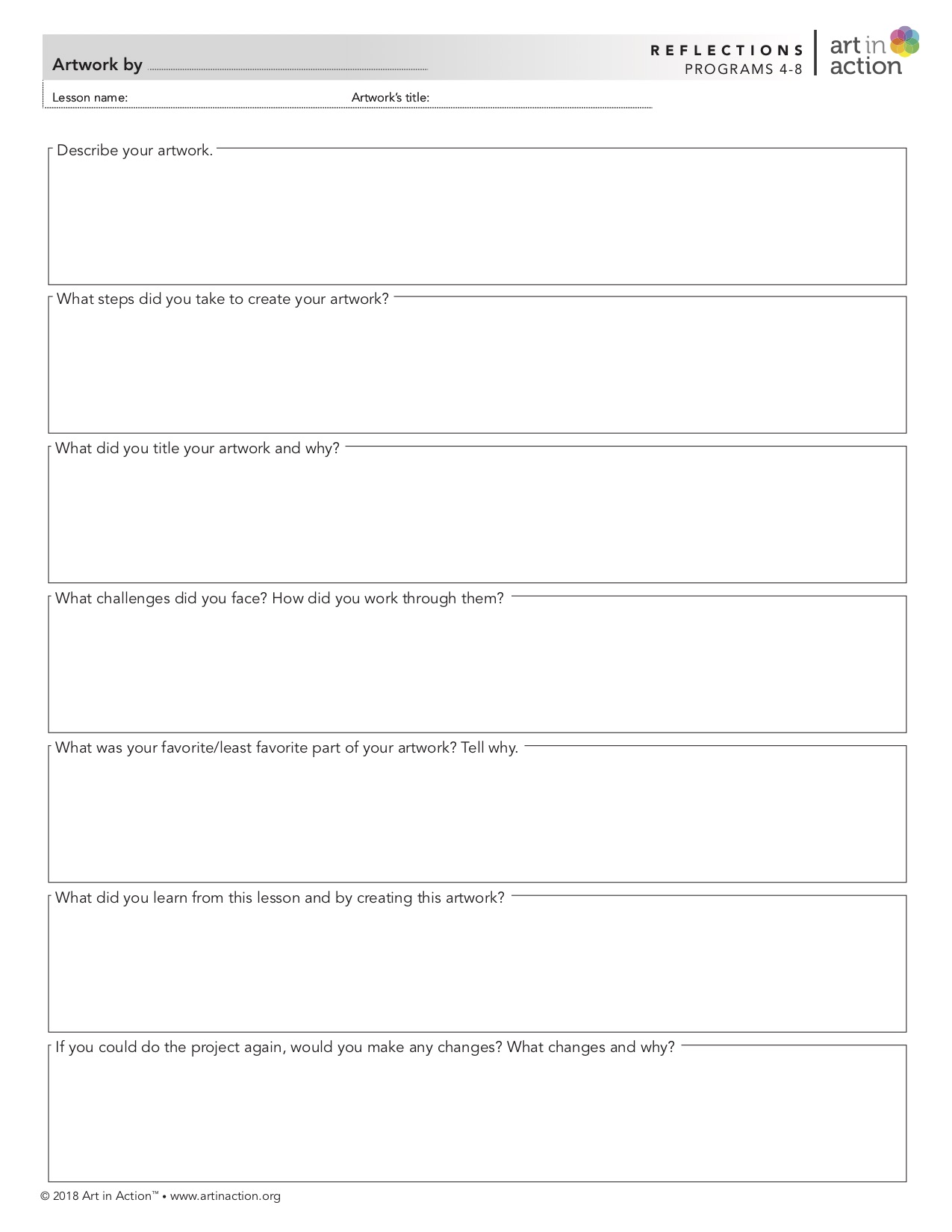Lesson Menu




Skip To:
Skip To:
Overview
1949, Varnished tempera on canvas, 81 cm. x 54.5 cm., Emanuel Hoffmann Foundation, on permanent loan to the Öffentliche Kunstsammlung Basel, Photo Credit: Martin Bühler, Öffentliche Kunstsammlung Basel © 2007 Successió Miró/Artists Rights Society (ARS), New York/ADAGP, Paris
In this lesson, students will:
- Analyze People and Dog in the Sun and Miró’s use of repeated shapes, lines and colors to express feelings and ideas
- Identify how Miró used organic and geometric shapes to balance the painting
- Discuss Miró’s use of positive and negative spaces and his abstract composition
- Draw a doodle using Miró’s automatic drawing techniques;
- Create abstract works of art, using a digital paint app
Lesson Teaching Notes
A document of summary pages on the lesson’s Key Concepts, Discussion Questions, Artist Points, and Project Directions.
Print Teaching Notes Share Your Feedback
Video for Teacher or Docent (not Students)
Skip To:
Student Gallery
Materials and Setup
Photos of Setup
Video for Teacher or Docent (not Students)
Project Directions
Abstract Color Doodle
Video
Skip To:
Student Gallery
Reflections
Artist Statement
Downloads and Resources
Additional Links
App Tutorials:
- Sketchbook Edu PowerPoint
- Adobe Draw PowerPoint
- Brushes Redux PowerPoint
- Paper 53 PowerPoint
- Sketch Pad PowerPoint
Taking you to the Forum...



